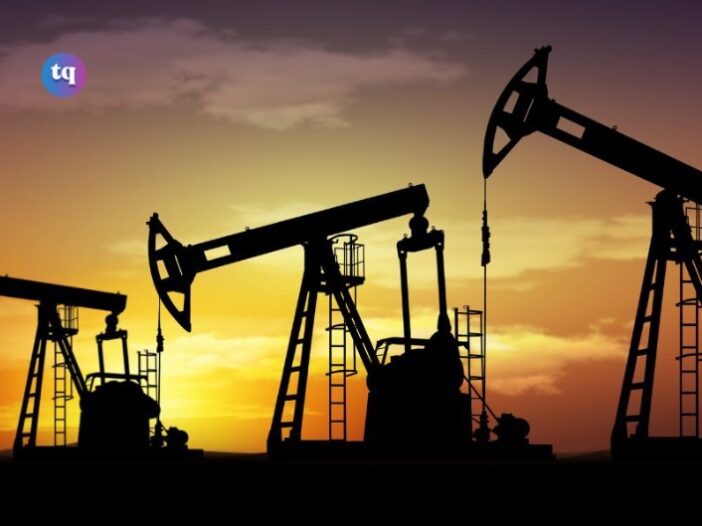
Oil and gas power our modern world. They result from a complex process that spans at least 15–30 years and several stages. Understanding these phases is crucial for anyone involved in the industry or those wanting to learn more about modern energy sources. Here is a guide to the lifecycle of oil and gas fields, which involves three stages: exploration, production, and abandonment.
Table of Contents
Stage 1: Exploration
The first stage in the lifecycle of an oil and gas field is exploration, the search for oil reserves beneath the earth’s surface. The key activities during this phase are:
- Seismic surveys: Oil and gas companies begin their search by conducting seismic surveys. These surveys use sound waves to create a detailed picture of the geological formations of our planet. They are then able to identify potential reservoirs.
- Exploratory drilling: After finding a site, exploratory drilling commences. Drillers will test wells to assess the presence of oil. If the results are positive, the well passes for future production.
- Reservoir evaluation: After discovering gas and oil, companies will evaluate the size and potential of the site. This includes estimating the amount of recoverable resources and analyzing the stability of the reservoir.
Stage 2: Production
Once a viable reservoir is confirmed, the production stage begins. This is when companies extract and process the oil and gas for commercial use. It starts with the official drilling of wells to access the site. Companies supply the oil and gas fields with well-cared-for drilling equipment such as pumps, valves, and wellheads. The materials are refined into usable products like gasoline, diesel, and natural gas when brought to the surface.
Recently extracted oil and gas move to their specific distribution points through pipelines or tankers. This stage involves logistical planning to ensure a constant supply of energy sources. Overall, it is important to regularly maintain and monitor wells, pipelines, and facilities to maximize production and ensure safety.
Stage 3: Abandonment
Eventually, resources run out. As oil and gas reservoirs age and become less productive, they reach the final stage in their lifecycle: abandonment, which mitigates environmental impacts.
This stage entails well-plugging and decommissioning safely, ecosystem restoration, and compliance with local and national regulations.
Thermometers have evolved to indicate inefficiency within fields, allowing companies in this industry to be well-prepared for the abandonment phase. Each of these stages presents a unique set of challenges and responsibilities.
Understanding this guide to the lifecycle of oil and gas fields is important for companies, legislators, and environmentalists to ensure responsible and sustainable management. By adhering to best practices, we can maximize the benefits of oil and gas while minimizing their impact on the earth.